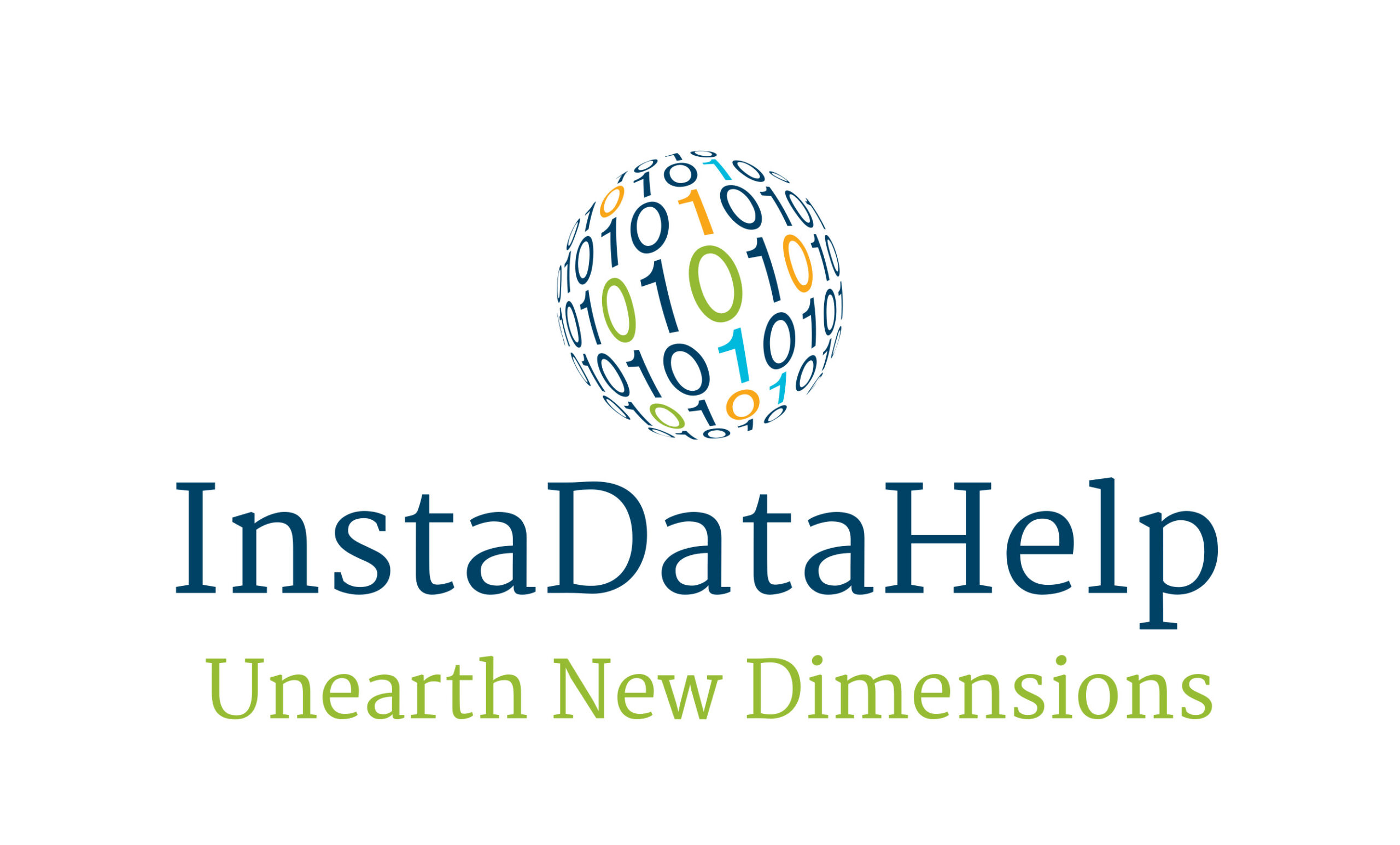Harnessing the Wisdom of the Crowd: Exploring the Benefits of Ensemble Learning
Introduction:
In the field of machine learning, ensemble learning has emerged as a powerful technique that combines the predictions of multiple models to improve accuracy and generalization. This approach, often referred to as “harnessing the wisdom of the crowd,” has gained significant attention and popularity due to its ability to overcome the limitations of individual models and leverage the collective intelligence of diverse algorithms. In this article, we will delve into the concept of ensemble learning, its benefits, and its applications in various domains.
Understanding Ensemble Learning:
Ensemble learning involves the creation and combination of multiple models, known as base learners or weak learners, to form a stronger and more accurate predictive model, known as the ensemble. The base learners can be different machine learning algorithms, such as decision trees, support vector machines, or neural networks, or variations of the same algorithm with different parameters or training data.
Ensemble learning operates on the principle that combining multiple models with different strengths and weaknesses can lead to better predictions than relying on a single model. The ensemble model aggregates the predictions of individual models through various techniques, such as voting, averaging, or weighted averaging, to make a final prediction.
Benefits of Ensemble Learning:
1. Improved Accuracy: Ensemble learning has been proven to enhance the accuracy of predictions compared to individual models. By combining the strengths of multiple models, ensemble learning can compensate for the weaknesses of individual models, leading to more robust and accurate predictions.
2. Increased Generalization: Ensemble learning helps in reducing overfitting, a common problem in machine learning where models perform well on training data but fail to generalize to unseen data. By combining multiple models, ensemble learning can capture different aspects of the data distribution, leading to improved generalization and better performance on unseen data.
3. Robustness to Noise and Outliers: Ensemble learning is inherently more robust to noise and outliers in the data. Since individual models may make errors due to noise or outliers, the ensemble model can mitigate these errors by aggregating the predictions of multiple models, resulting in more reliable and robust predictions.
4. Better Handling of Uncertainty: Ensemble learning provides a framework for handling uncertainty in predictions. By considering multiple models, ensemble learning can quantify the uncertainty associated with each prediction, enabling more informed decision-making in applications where uncertainty is critical, such as medical diagnosis or financial forecasting.
Applications of Ensemble Learning:
1. Classification and Regression: Ensemble learning has been widely used in classification and regression tasks. Popular ensemble methods, such as Random Forests, Gradient Boosting Machines (GBM), and AdaBoost, have achieved state-of-the-art performance in various domains, including image recognition, fraud detection, and stock market prediction.
2. Anomaly Detection: Ensemble learning can be effective in anomaly detection, where the goal is to identify rare or abnormal instances in a dataset. By combining multiple models, ensemble learning can improve the detection of anomalies by capturing different aspects of normal and abnormal behavior.
3. Recommender Systems: Ensemble learning has been successfully applied in recommender systems, which aim to provide personalized recommendations to users. By combining the predictions of multiple models, ensemble learning can enhance the accuracy and diversity of recommendations, leading to improved user satisfaction.
4. Ensemble of Experts: Ensemble learning can be used to create an ensemble of experts, where each model specializes in a specific subtask. By combining the predictions of these specialized models, ensemble learning can achieve better performance than any individual expert, making it suitable for complex tasks such as natural language processing or computer vision.
Challenges and Future Directions:
While ensemble learning offers numerous benefits, it also poses challenges in terms of computational complexity, model diversity, and interpretability. Developing efficient ensemble algorithms, ensuring diversity among base learners, and understanding the decision-making process of ensemble models are areas of ongoing research.
Furthermore, the future of ensemble learning lies in exploring novel techniques, such as deep ensemble learning, where deep neural networks are combined to form powerful ensembles. Additionally, incorporating ensemble learning into online learning frameworks and exploring its applications in emerging fields like reinforcement learning and federated learning are promising directions for future research.
Conclusion:
Ensemble learning has emerged as a powerful technique for harnessing the wisdom of the crowd in machine learning. By combining the predictions of multiple models, ensemble learning offers improved accuracy, increased generalization, robustness to noise and outliers, and better handling of uncertainty. Its applications span across various domains, including classification, regression, anomaly detection, and recommender systems. While challenges exist, ongoing research and advancements in ensemble learning techniques promise a bright future for this field. Harnessing the collective intelligence of diverse models through ensemble learning opens new avenues for achieving higher performance and more reliable predictions in machine learning tasks.



Recent Comments